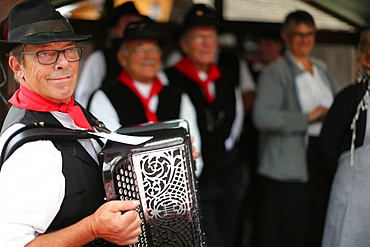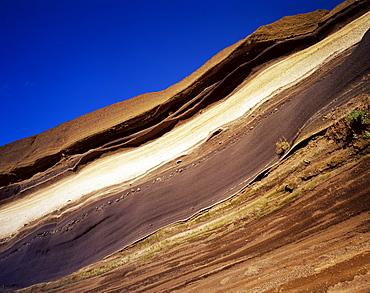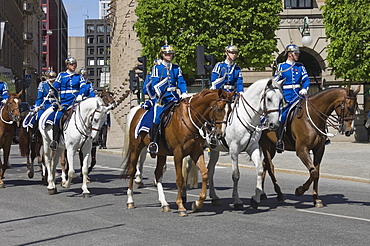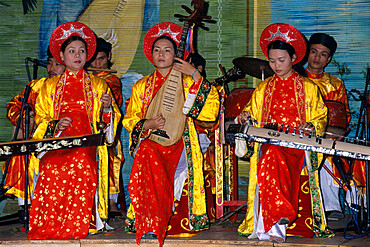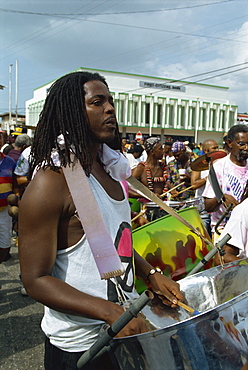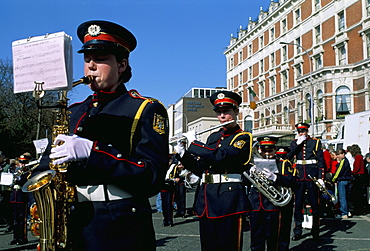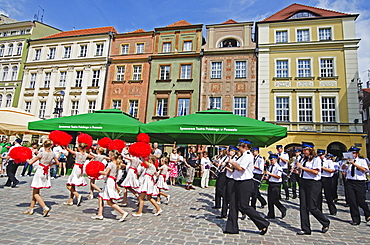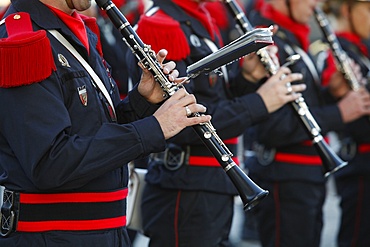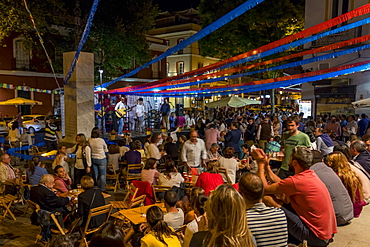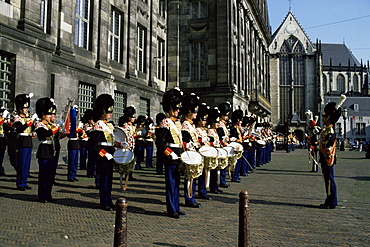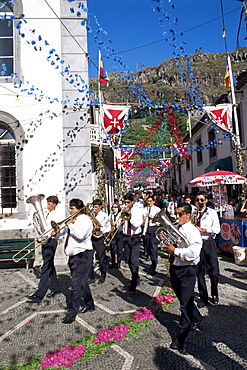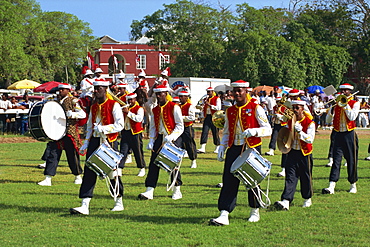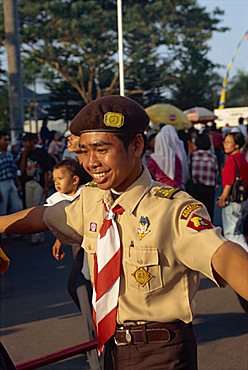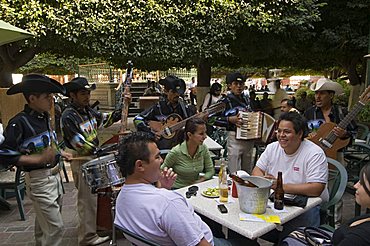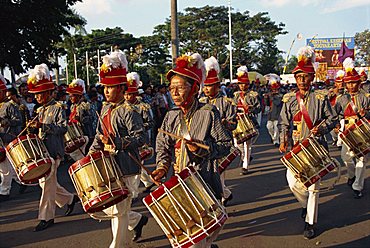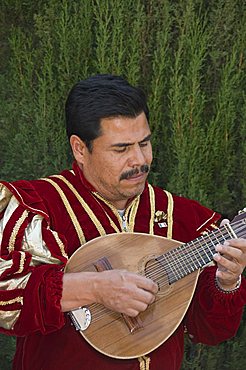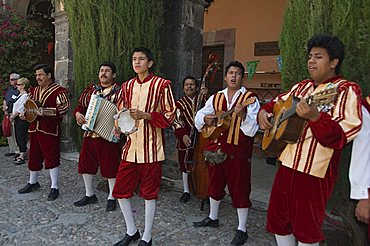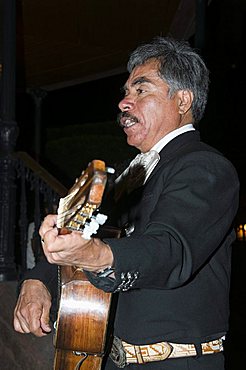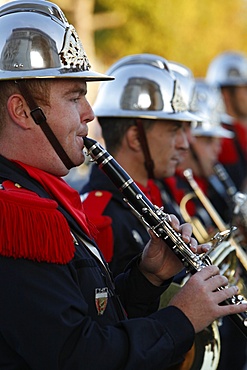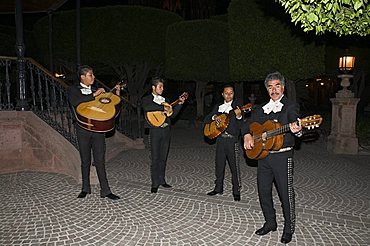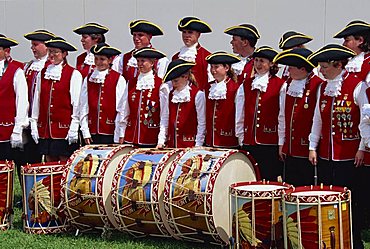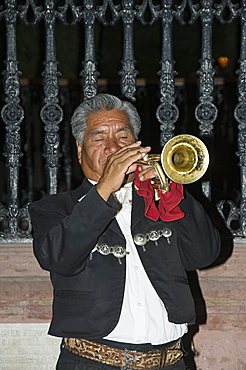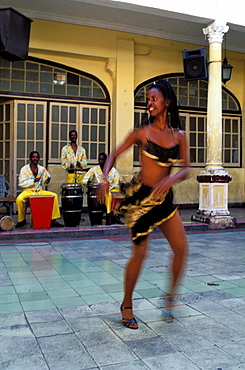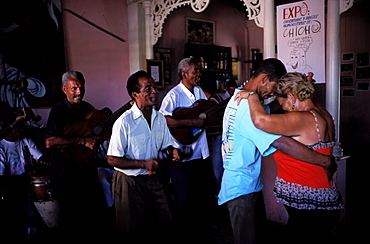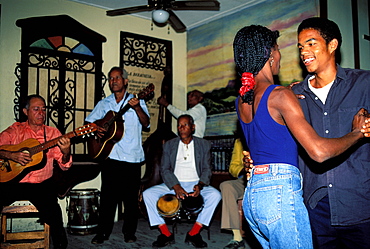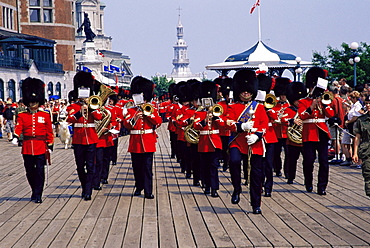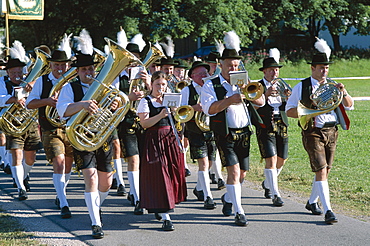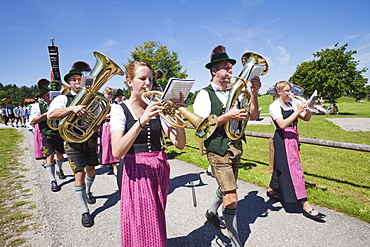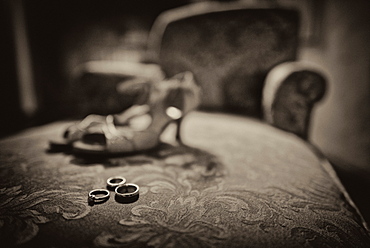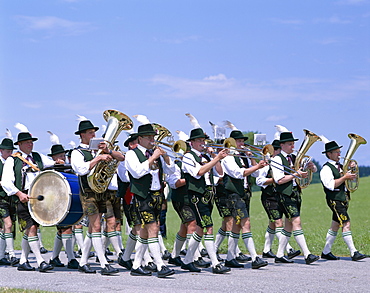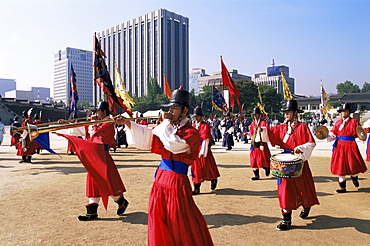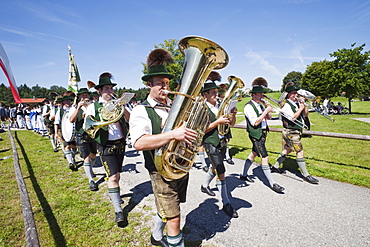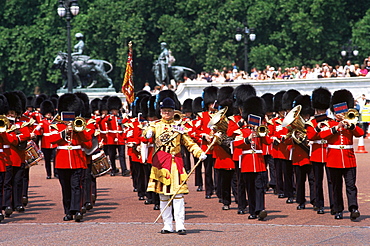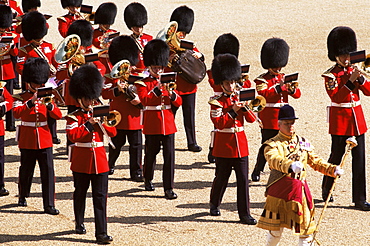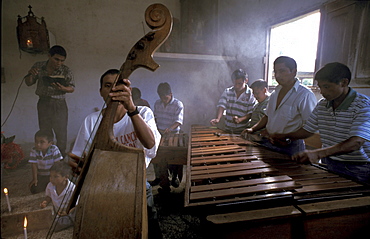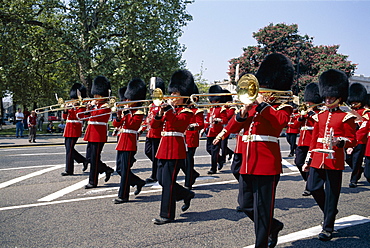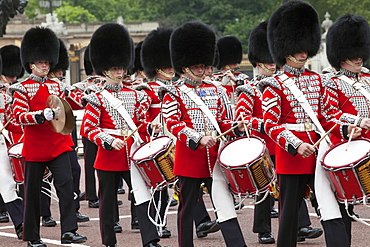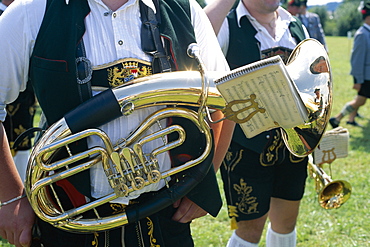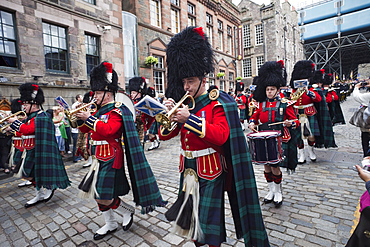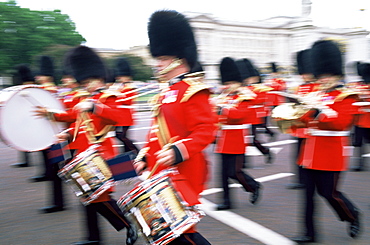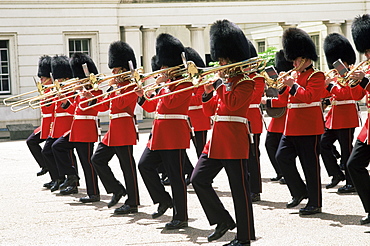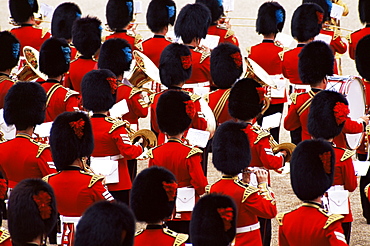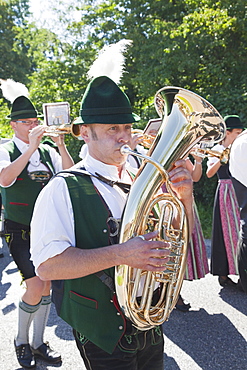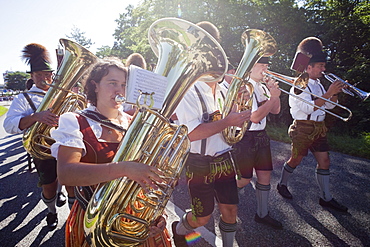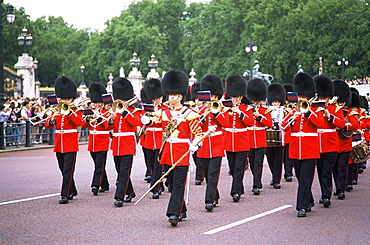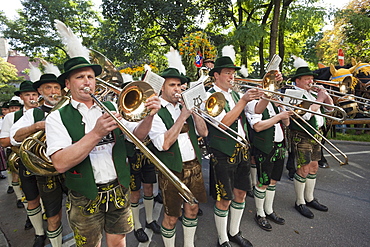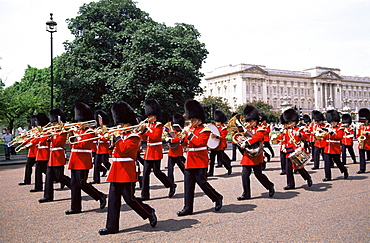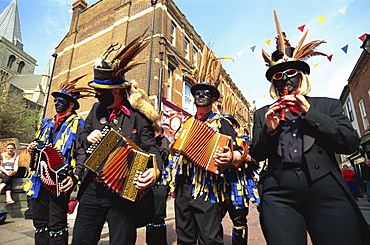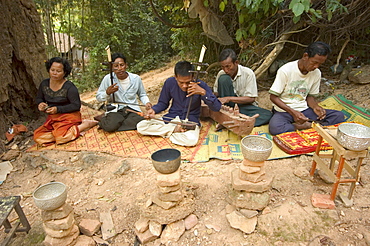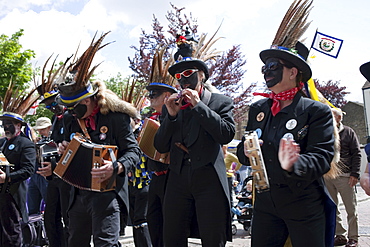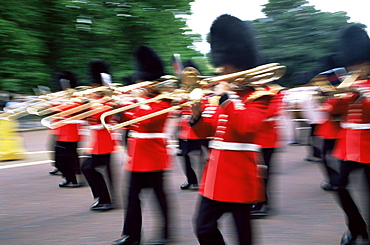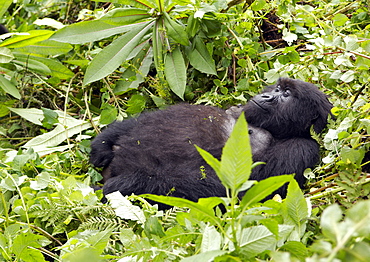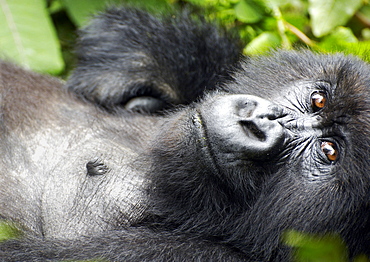Results
« Previous 1 2 3
236 results found
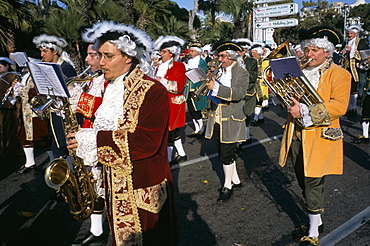
Musicians in the parade, Battle of the Flowers, Carnival, Promenade des Anglais, Nice, Alpes-Maritimes, Provence, France, Europe

Historical parade at Bad Urach Schaferlauf, Bad Urach Swabian Alb, Baden Wurttemberg, Germany, Europe
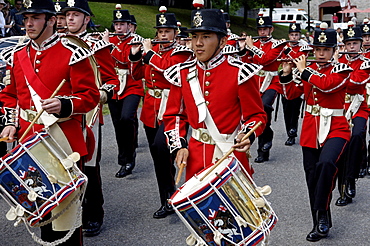
Celebration of the 175th anniversary of the Rideau Canal, a UNESCO World Heritage Site, Ottawa, Ontario, Canada, North America
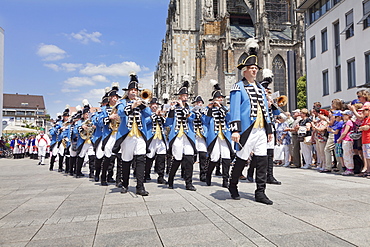
Band (Ulmer Freireiter) in traditional costumes at the historical parade, Munsterplatz square, Fischerstechen, Ulm, Baden Wurttemberg, Germany, Europe
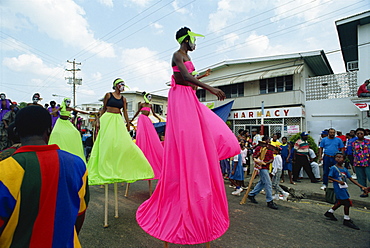
Women on stilts, Steel Band Festival, Point Fortin, Trinidad, West Indies, Caribbean, Central America
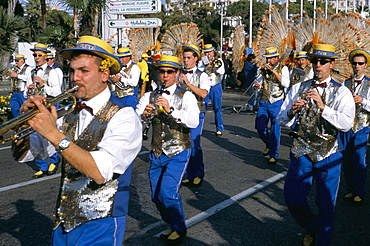
Musicians in the parade, Battle of the Flowers, Carnival, Promenade des Anglais, Nice, Alpes Maritimes, Provence, France, Europe
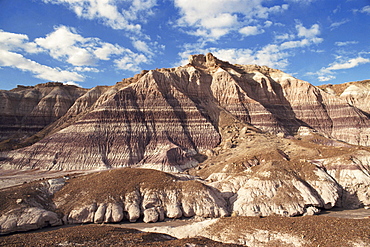
Coloured bands and ridges on the Blue Mesa in the Petrified Forest National Park in Arizona, United States of America, North America

Autumn maple leaves in October, part of the beautiful New England fall display, round the band stand on the Town Common of Hopkinton, starting point of the Boston Marathon, Massachusetts, USA
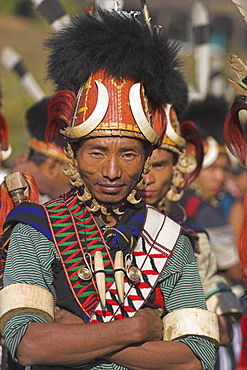
Naga man wearing headdress made of woven cane decorated with wild boar teeth, bear fur, red dyed goats hair with strap of tiger claws also wearing tiger teeth necklace and ivory arm band, Naga New Year Festival, Lahe village, Sagaing Division, Myanmar (Burma), Asia
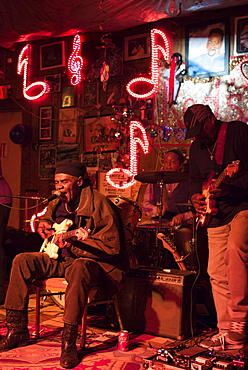
Blues band, guitarist, drums, vocals in live performance on stage at Red's Lounge Blues Club in Clarksdale, Mississippi, USA
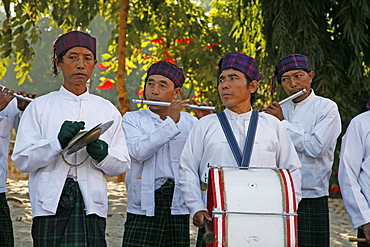
Myanmar musicians at catholic wedding of tribal kachins at myitkyina, a largely kachin community in north burma near chinese border
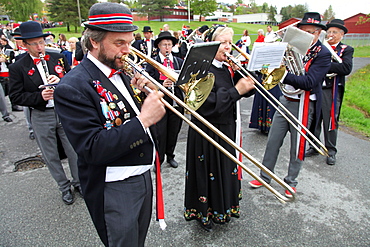
The National Day in Norway, May 17th, is marked by processions and bands all over the country with many wearing national costume, Asker, Norway, Scandinavia, Europe
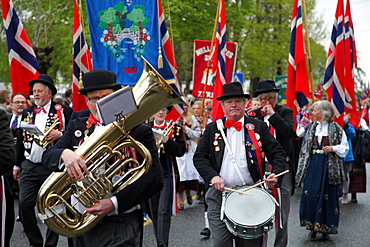
Marching band in the May 17th Norwegian National Day parade, Asker, near Oslo, Norway, Scandinavia, Europe

Naga men dancing at Grand Finale wearing woven cane headdress decorated with wild boar teeth, bear fur and topped with hornbill feather, and tiger teeth necklace, ivory arm bands, bear fur anklets and aprons decorated with cowrie shells, Naga New Year Festival, Lahe village, Sagaing Division, Myanmar (Burma), Asia
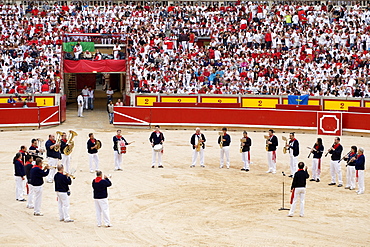
A band entertains the bullring crowds during the festival of San Fermin (The Running of the Bulls), Pamplona, Navarra, Euskadi, Spain, Europe

Naga men dancing at Grand Finale wearing woven cane headdress decorated with wild boar teeth, bear fur and topped with hornbill feather, and tiger teeth necklace, ivory arm bands, bear fur anklets and aprons decorated with cowrie shells, Naga New Year Festival, Lahe village, Sagaing Division, Myanmar (Burma), Asia
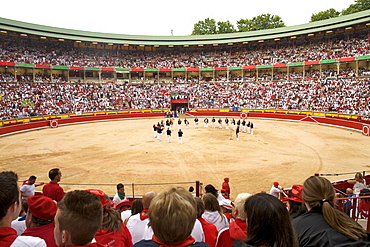
A band entertains the bullring crowds during the festival of San Fermin (The Running of the Bulls), Pamplona, Navarra, Euskadi, Spain, Europe

Participants in the annual Minstrels procession (also referred to as the Coon Carnival) in Cape Town.

Autumn maple leaves in October, part of the beautiful New England fall display, and the Stars & Stripes, round the band stand on the Town Common of Hopkinton, starting point of the Boston Marathon, Massachusetts, USA

Brass band in regional costume during festival, Unter Prechtal, Black Forest (Schwarzwald), Baden-Wurttemberg, Germany, Europe
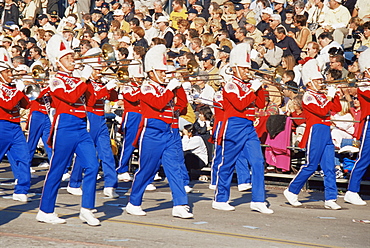
Marching band, Tournament of Roses Parade, Pasadena, California, United States of America, North America
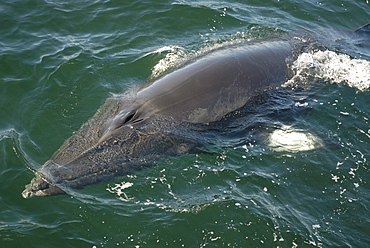
Steering with its pectoral fins the friendly Minke whale (Balaenoptera acutorostrata) turns its streamlined body towards the boat in order to dive under the hull. St. Lawrence estuary, Canada. Sequence 5/6
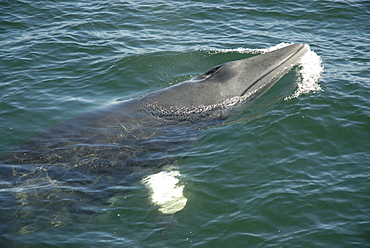
The white flipper band of a Minke whale (Balaenoptera acutorostrata) is visible through the greenish water. This distinctive feature is characteristic of Minke whales of the northern hemisphere and the most obvious difference to their relatives in the Antarctic. St. Lawrence estuary, Canada
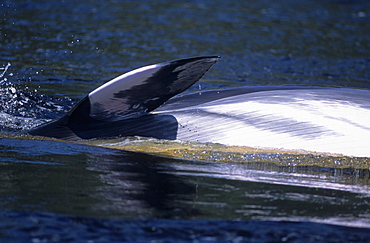
The distinctive colouration pattern of a Minke whale (Balaenoptera acutorostrata). Note that the typical white flipper band extends on to the lower side of the pectoral fin. St. Lawrence estuary, Canada (RR)
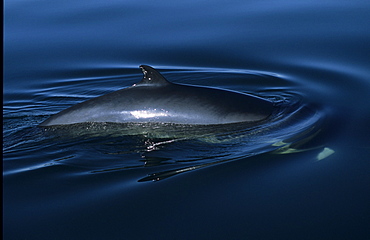
Even in conditions with little visibility, the white flipper band of a Minke whale (Balaenoptera acutorostrata) shines through the water of the St. Lawrence estuary, Canada

ABBBS (Australian Bird and Bat Banding Scheme) identification thumb band on black flying-fox (Pteropus alecto) fitted prior to release, Hopkins Creek, New South Wales, Australia, Pacific
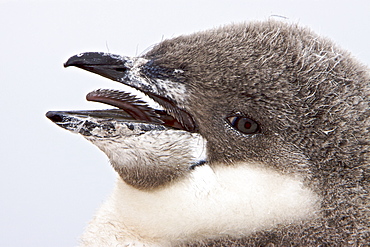
Chinstrap penguin (Pygoscelis antarctica) chick head detail at colony on Useful Island near the Antarctic Peninsula. There are an estimated 2 million breeding pairs of chinstrap penguins in the Antarctic peninsula region alone, perhaps as many as 7.5 million breeding pairs in all of Antarctica. Their name derives from the narrow black band under their heads which makes it appear as if they are wearing black helmets, making them one of the most easily identified types of penguin. Other names for them are "Ringed Penguins", "Bearded Penguins", and "Stonecracker Penguins" due to their harsh call. They grow to 68 cm (27 in). The average adult weight of a Chinstrap Penguin is 4.5 kg (10 lbs). Weight can range from 3 to 6 kg (6.6-13.2 lbs), with males being slightly larger and weight varying based on where the penguin is in the breeding cycle. Their diet consists of krill, shrimp, and fish. On land they build circular nests from stones, and lay two eggs, which are incubated by both the male and the female for shifts of five to ten days. They can also breed on icebergs, though they prefer non-icy conditions. The chicks hatch after about 35 days, and have fluffy gray backs and white fronts. The chicks stay in the nest for 20?30 days before they go to join a creche. At around 50?60 days old, they moult, gaining their adult plumage and go to sea. The Chinstrap Penguin was first described by German naturalist Forster in 1781. Its specific epithet was often seen as antarctica, however a 2002 review determined the genus Pygoscelis was masculine, and hence the correct binomial name is Pygoscelis antarcticus.
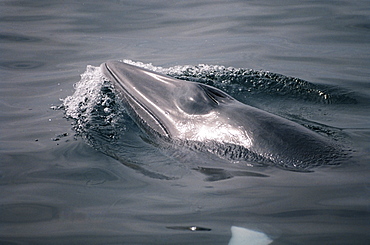
Minke whale (Balaenoptera acutorostrata) at the surface to breath with blow hole open. Characteristic white bands on the flipper visible thorugh the water. Hebrides, Scotland (1 of 2 images).
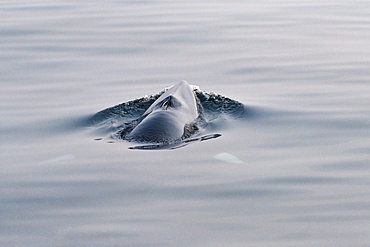
Minke whale (Balaenoptera acutorostrata) surfacing for air with characteristic white bands on its flippers visible through the water on each side . Hebrides, Scotland

Minke whale (Balaenoptera acutorostrata) surfacing towards the camera with characteristic white bands on each flipper visible through the water. Hebrides, Scotland
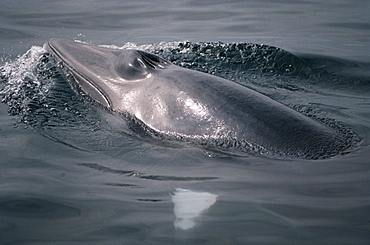
Minke whale (Balaenoptera acutorostrata) at the surface to breath with blow hole open. Characteristic white bands on the flipper visible thorugh the water. Hebrides, Scotlan

